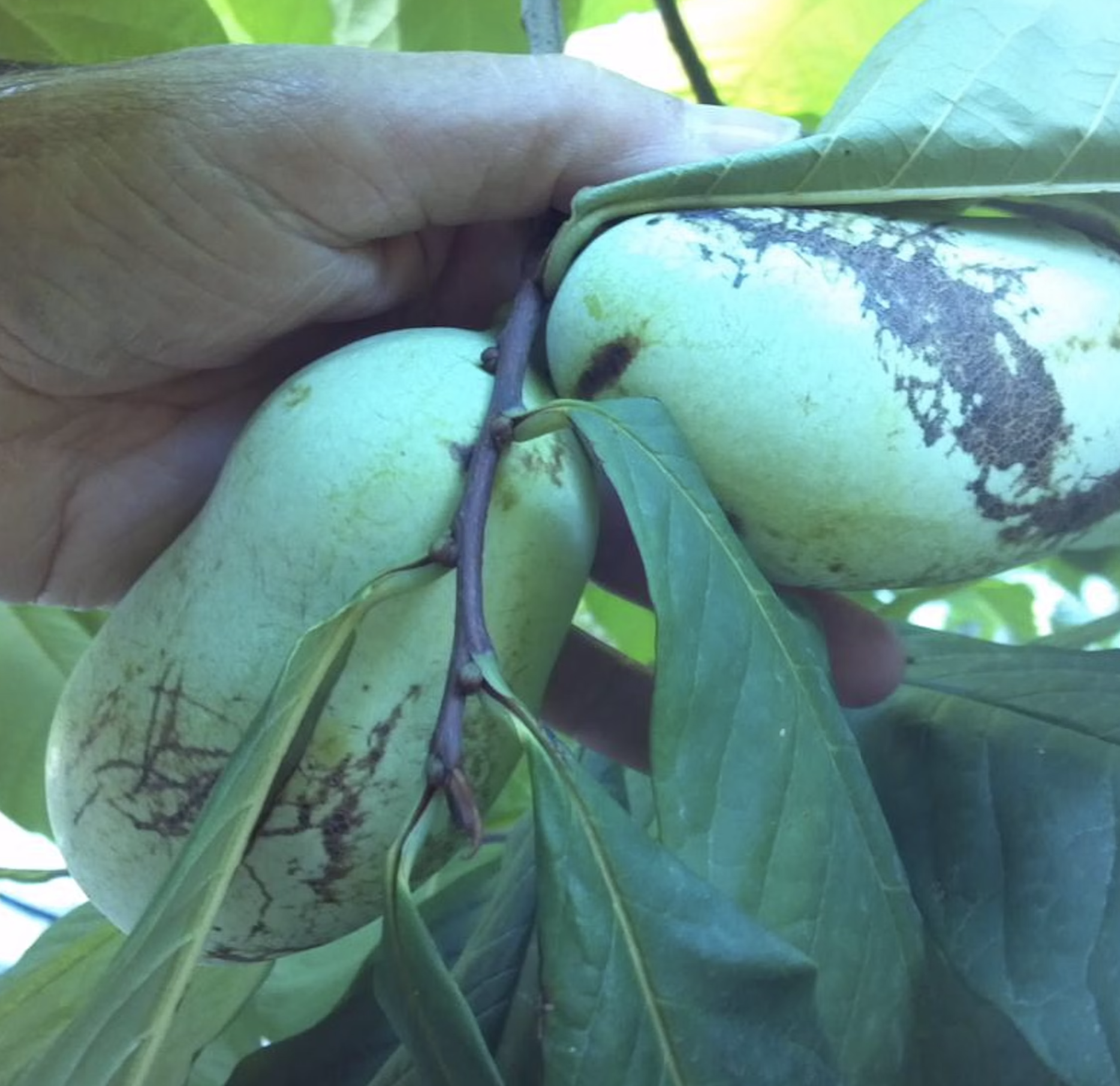Do You Want Fruit Trees That Like Wet Soil? Try These Fruits That Can Deal With Damp Spots
Certain fruit trees are better able to adapt to damp spots – and some fruits thrive in wetter conditions. Try these 5 easygoing, prolific and tasty fruit trees that like wet soil
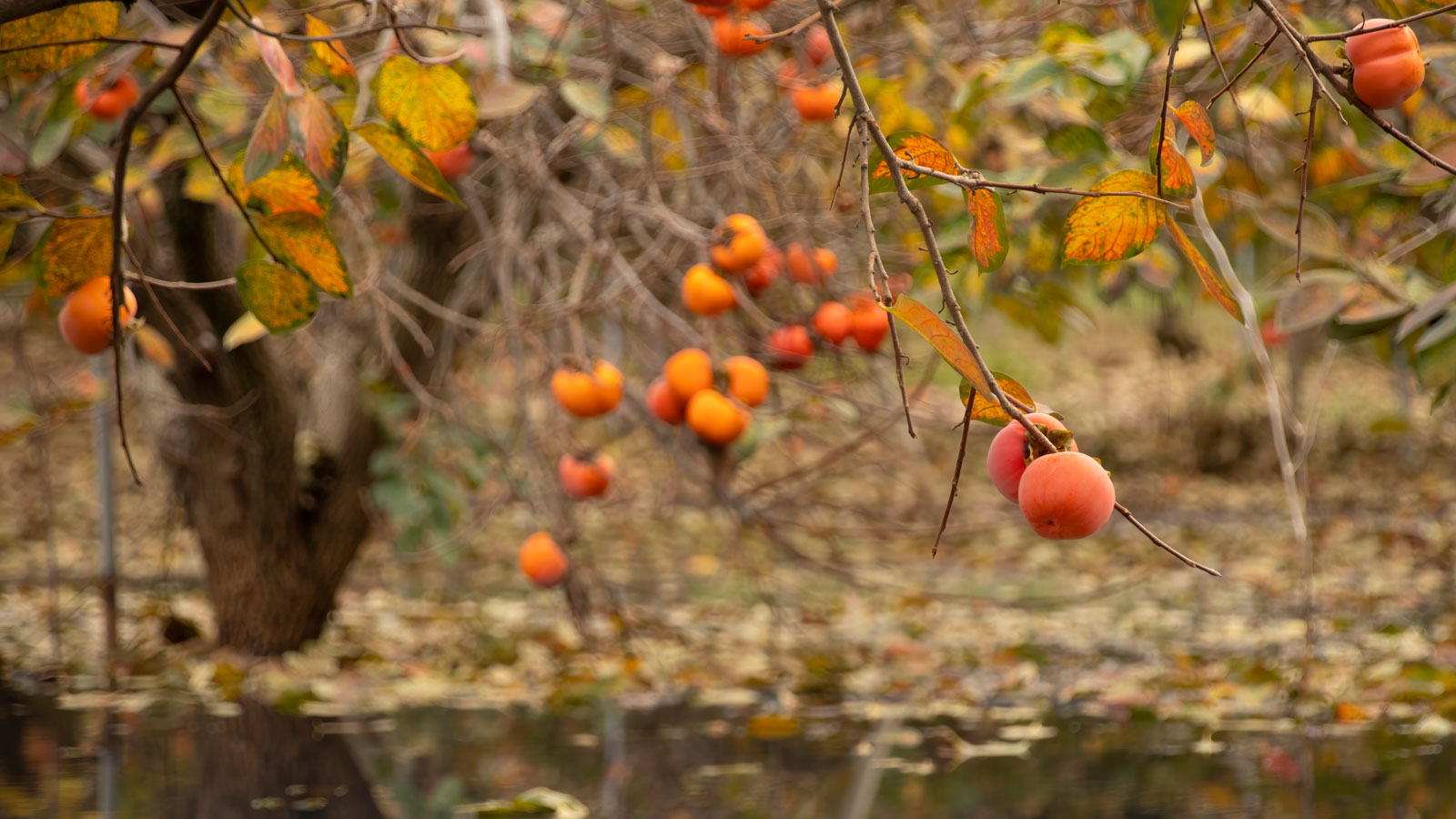

Let’s be brutally honest: most fruit trees don’t like wet soil. They prefer well-draining soil that contains open spaces that can hold oxygen for the trees to take up through their roots. Cherry, plum, and peach trees, for example, are very sensitive to wet soil and can develop root rot or fungal diseases. Dwarf fruit trees with shallow roots are also very unhappy in soil that holds water – most prefer well-draining conditions.
Still, if you are faced with the challenge of planting and growing fruit trees in front yards and gardens where wet and damp conditions are an issue, don’t worry. There are some fruit trees that like wet soil, and some even flourish in these conditions. So if the spot you have reserved for a home orchard is often wet, don’t use traditional home-orchard trees like apples or oranges! Here, we round up a handful of the most reliable, prolific fruit trees for wet soil.
Best Fruit Trees For Wet Soil
Which fruit trees like wet soil? Hardly any, although pears will tolerate it. In fact, the best fruit trees for wet soil are shrubs like blueberries and cranberries. These sorts of fruits are reasonably adaptable, and also generous with their harvests. So for fruits that do as well in damp soil as in dry soil, here are some of your best choices.
1. Pawpaw
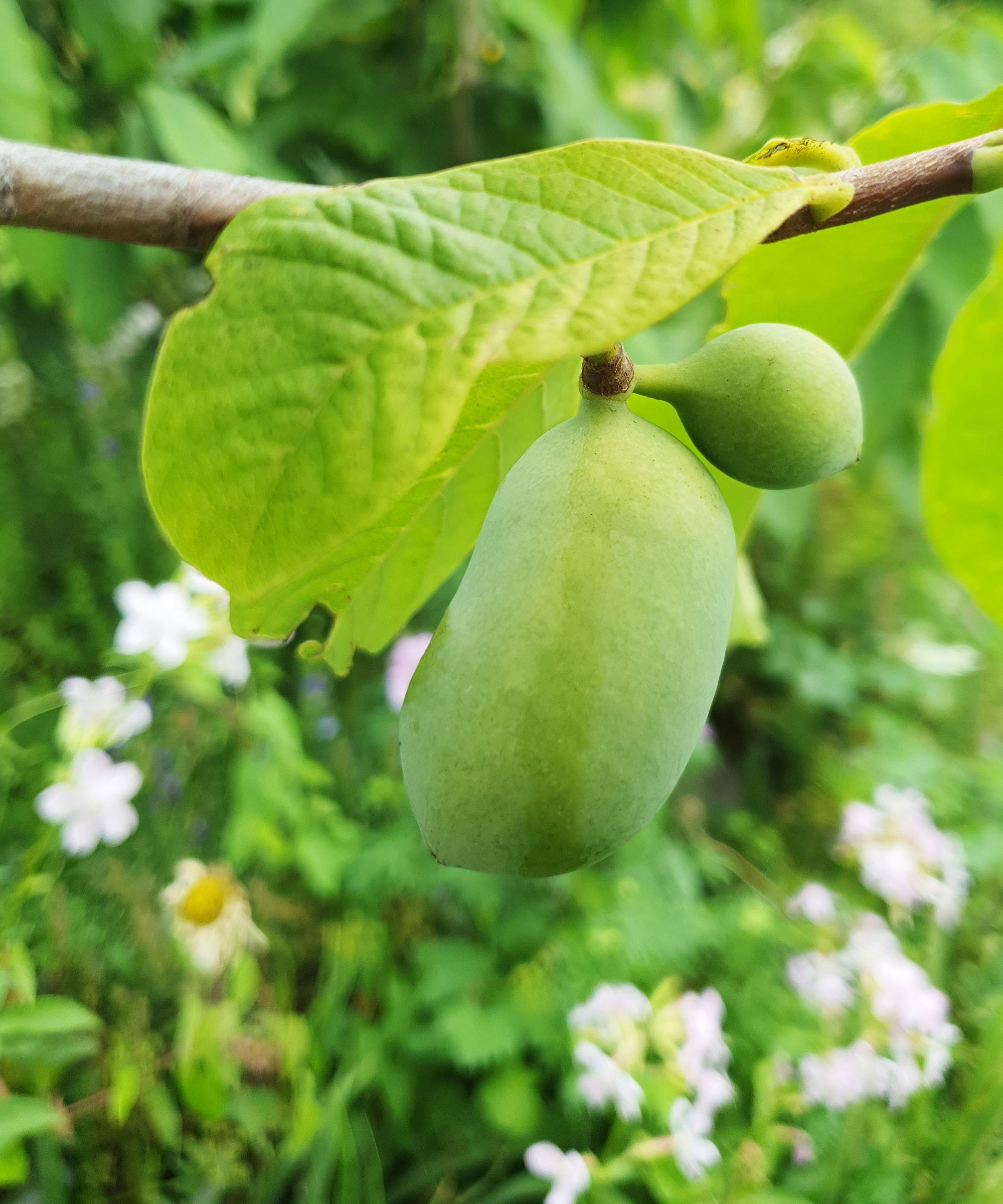
Pawpaw (Asimina triloba) is a deciduous tree, native to the East Coast of the continent. Pawpaws can grow in almost any sun exposure, from deep shade to full sunlight. This small tree is also tolerant of wet soil, although it prefers soil with good drainage.
To grow pawpaw fruit trees in wet soil, you’ll want to plant at least two different trees for a pawpaw harvest. A fruiting tree develops attractive dark purple flowers on bare branches before the leaves emerge. Late in the summer, the fruit appears: sweet, custardy fruit about the size of your fist.
You have to act quickly when the pawpaw fruits are ripe since they are appealing to hungry squirrels and other wildlife. This is an attractive backyard fruit tree at other times of year, too. It offers a bright fall color as the leaves turn yellow.
2. Pears
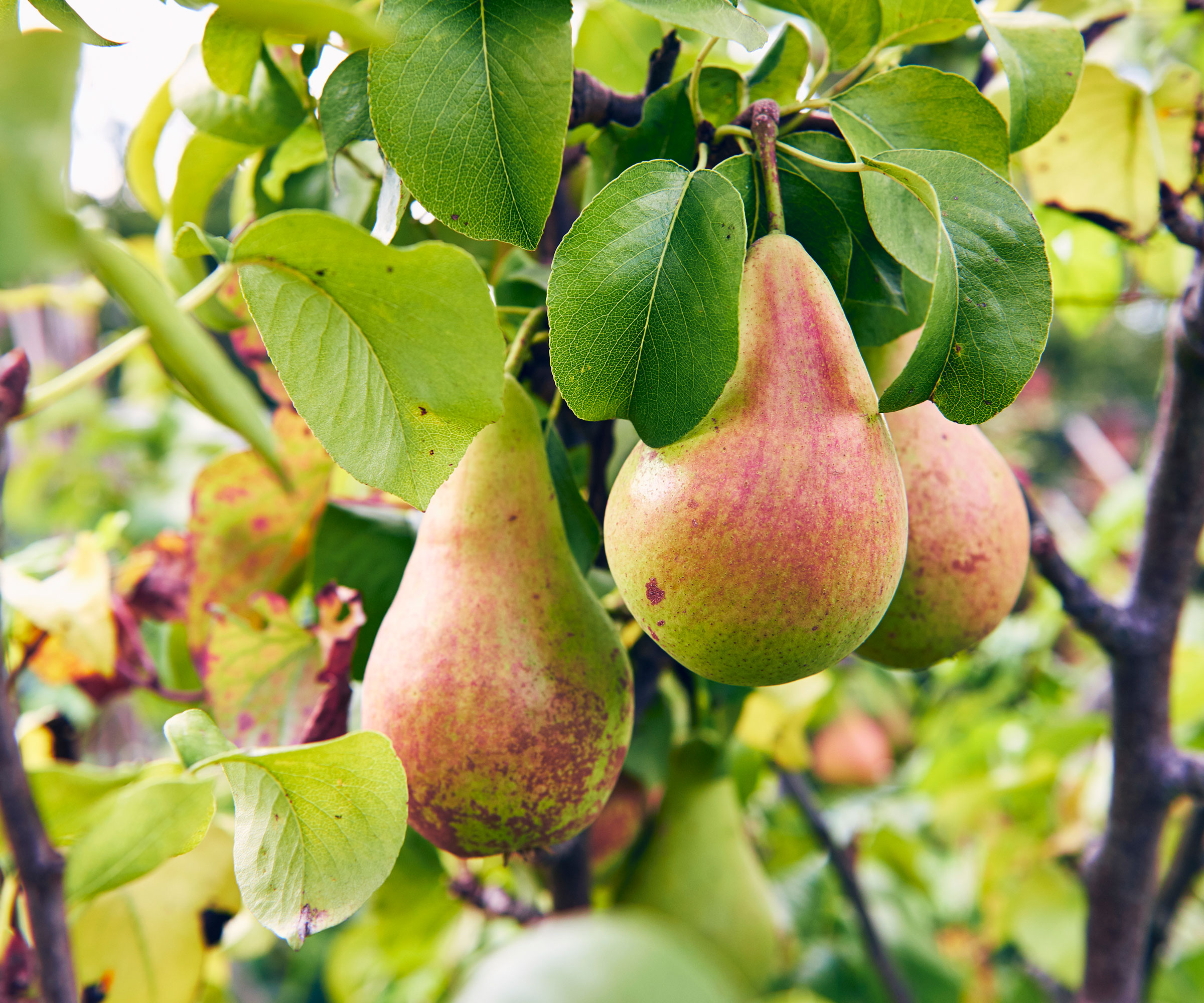
If you want a traditional fruit tree in your wet-soil home orchard, the best bet is the pear. Pears of all kinds tolerate heavy soil and even standing water from time to time. European and Asian types of pears (Pyrus communis, Pyrus pyrofolia) are the fruit trees that are most tolerant of wet soil conditions. They do far better than apple trees, peach trees, orange trees or plum trees in wet soil conditions.
Sign up for the Gardening Know How newsletter today and receive a free copy of our e-book "How to Grow Delicious Tomatoes".
That said, pears grow better in deep, well-drained soil than they do in wet soil. And if standing water covers the soil for extended periods of time, the pear trees won’t be happy. Still, if you maintain adequate drainage, these are some of the most prolific and reliable fruit trees for your landscape.
3. Highbush Cranberry
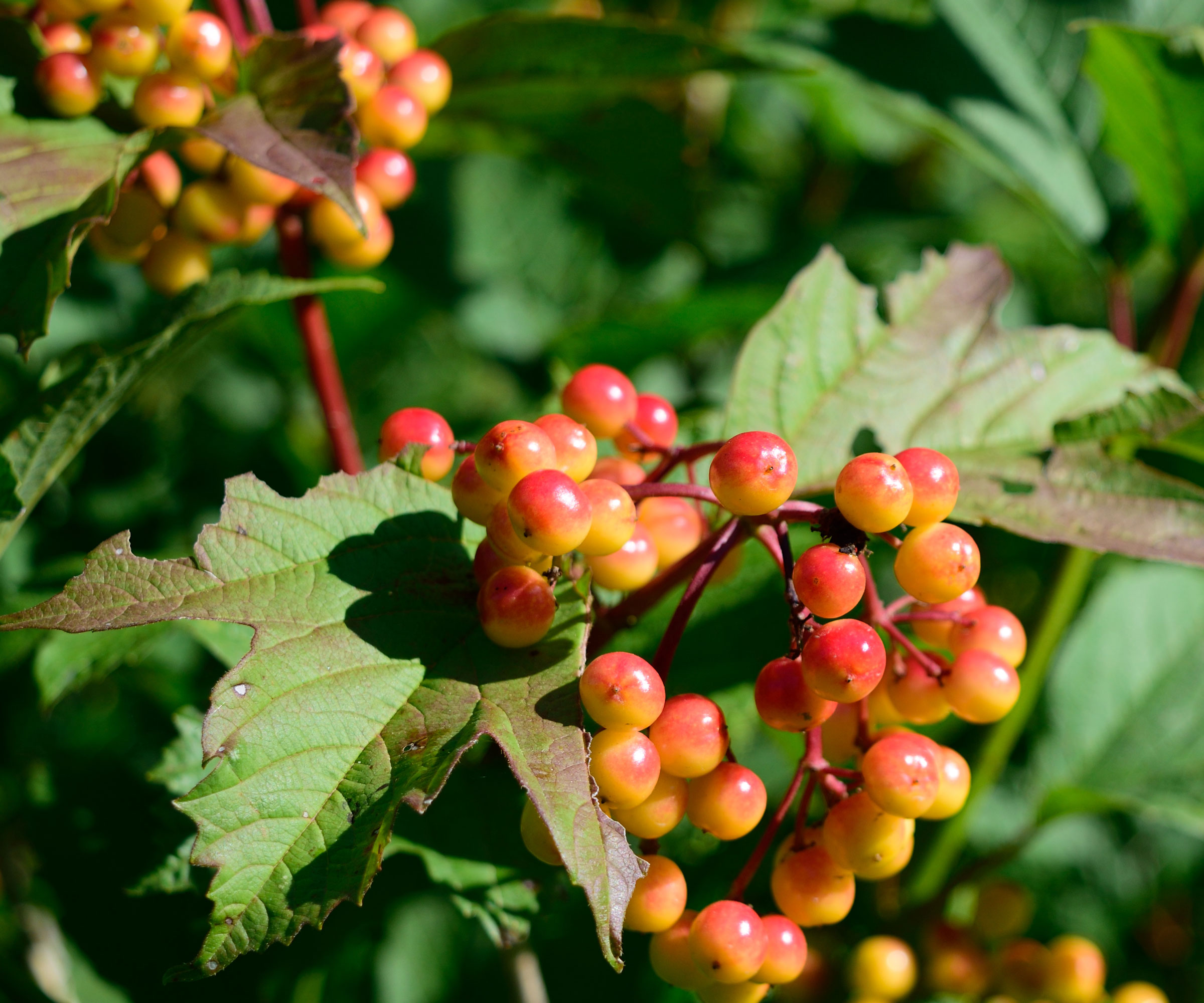
If you are familiar with commercial highbush cranberry production, you know that the fields are regularly flooded to keep production going. In fact, they are often called cranberry bogs. You can find them primarily in the Pacific Northwest part of the country. These cranberry fields have acidic peaty soil and are flooded – just not all the time.
Do cranberries (Viburnum trilobum) like to grow in wet soil constantly? Not exactly, but flooding is useful during certain phases of their growth. Flooding is used in winter to build up thick ice to protect the cranberry buds against winter’s worst. In spring, the water is pumped out to allow the plants to grow in moist soil. So if you are growing highbush cranberries, occasional wetness won’t be a barrier to fruiting.
When the fruit matures and is ready for harvest, the fields are often flooded again to facilitate wet harvesting. During their growth periods, they do not live under water. But they do well in damp soil.
4. Black Chokeberry
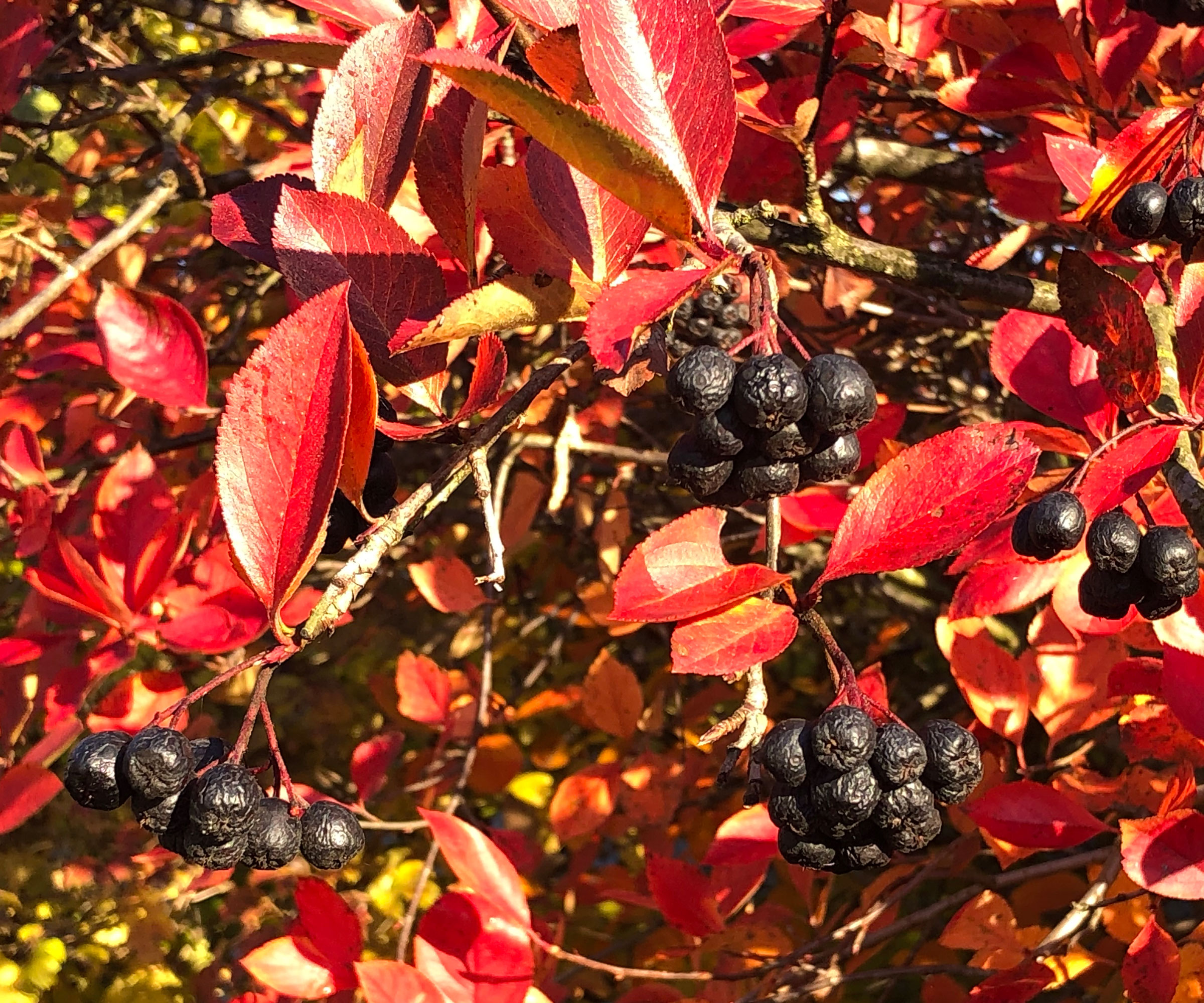
Black chokeberry shrubs (Aronia melanocarp) offer several ornamental features: the lovely white flowers, tart black berries, and bright autumn foliage. The berries are considered superfood because of their high antioxidant content.
The fruit is edible. But it is very astringent when raw and is best used for cooking. It can be made into jams, jellies, or other foods. They also work well in smoothies. Harvest them in late summer or early fall – and try to get there before the birds arrive. Aronia ‘Iroquois Beauty’, available in the Gardening Know How Shop, is a particular favorite of winter birds.
As well as being some of the best trees for container growing, these berry plants are extremely tolerant of wet soils and are an excellent fruit plant choice for areas with heavy soil or poor drainage. They are the stars of rain gardens and work well along pond edges. In the wild, you can find them in swamps as well as dunes and rocky areas.
5. Fuyu Persimmon
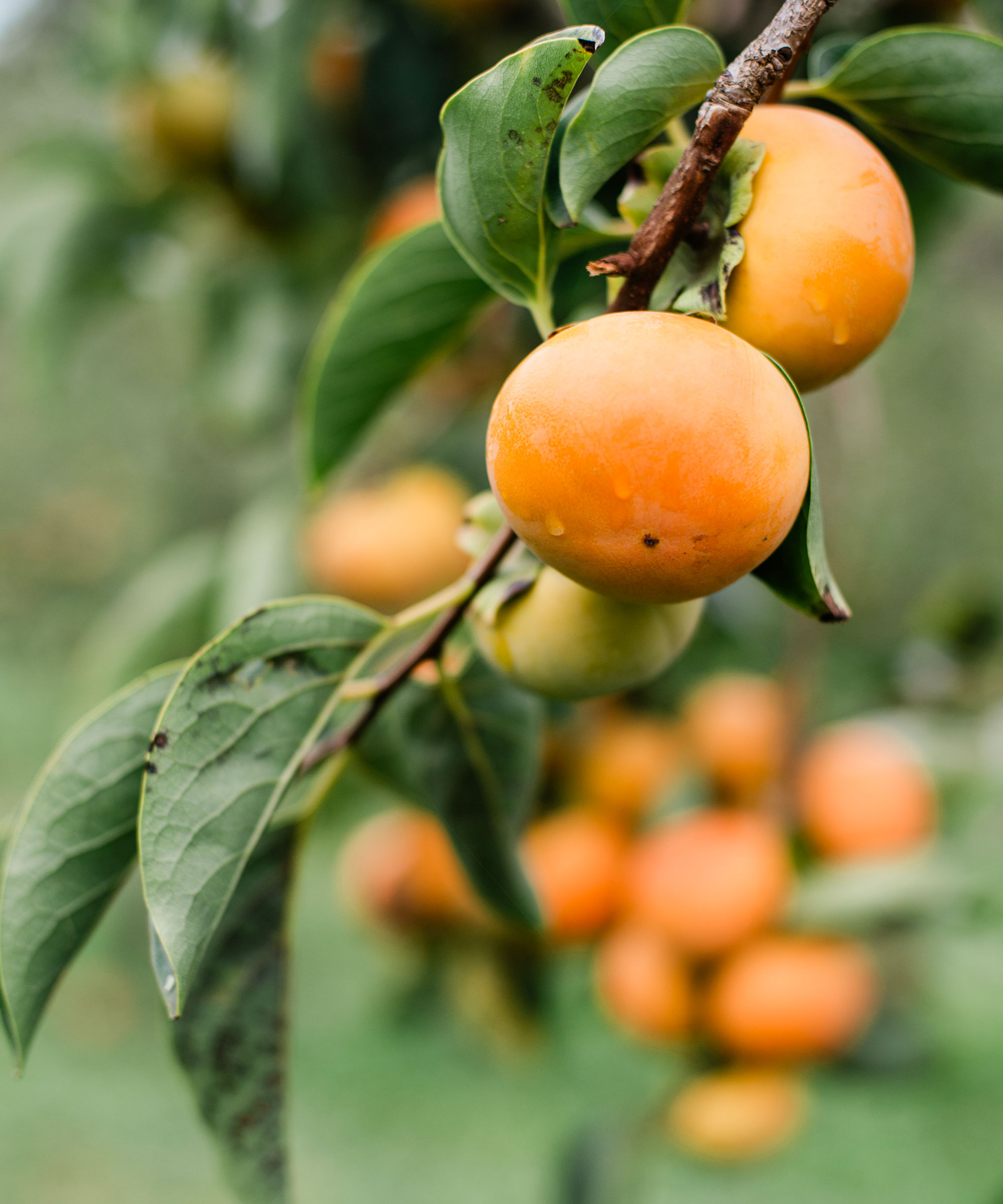
Many persimmon trees require well-draining soil to grow and thrive, but one type – the Fuyu (also known as the Asian or Japanese persimmon) – is known for its adaptability. Fuyu (Diospyros kaki) tolerates wet soil and even boggy conditions. That makes it a good choice for a garden area with wet soil. But while it accepts moist soil, it won’t grow in waterlogged soil. With too much water in the soil, the tree will develop root rot. The Fuyu persimmon variety is known for its adaptability.
Fuyu persimmon trees are real delights in the garden. The fruit is gorgeous, firm and rounded, maturing from green to yellow to orange. Plus, it is succulent and sweet. One mature tree can provide 50 pounds of fruit – starting the second season after planting.
If you grow a persimmon in the garden, it will grow to 30ft (10m) tall and wide in any type of light exposure, from full sun to half shade. Finally, the tree’s spectacular autumn color lights up the orchard as the leaves shine in gold, orange and red.
Frequently Asked Questions
Do peach trees like wet soil?
No, generally peach trees do not tolerate wet soil. If you must plant a peach tree on wet soil, try the dwarf rootstock ‘Pumiselect’. But it might be better to look at other fruiting plants like pears and persimmons.
What fruit trees grow well in clay soil with poor drainage?
No traditional fruit trees prefer to grow in clay soil with poor drainage. Pears come closest, in that some varieties tolerate heavy soil with occasional standing water.
This article features products available from third party vendors on the Gardening Know How Shop. Keep in mind that our plant inventory is limited - so if you’re thinking of purchasing, don’t wait!

Teo Spengler is a master gardener and a docent at the San Francisco Botanical Garden, where she hosts public tours. She has studied horticulture and written about nature, trees, plants, and gardening for more than two decades, following a career as an attorney and legal writer. Her extended family includes some 30 houseplants and hundreds of outdoor plants, including 250 trees, which are her main passion. Spengler currently splits her life between San Francisco and the French Basque Country, though she was raised in Alaska, giving her experience of gardening in a range of climates.
